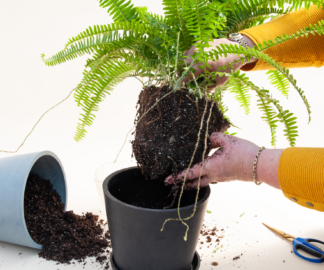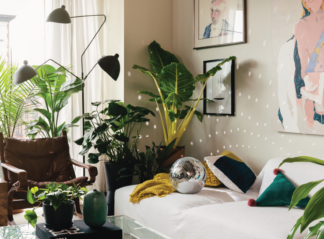Green Living
Celebrating Famous Female Botanists For International Women’s Day

One of the best things about plants is how they can make us feel gratified simply by existing. They respond to our care and attention with new growth and even delicate, colorful flowers.
There have been many women throughout history whose enthusiasm for the plant world has furthered our understanding of the natural world. They traversed oceans, trekked through jungles, and spent decades in careful study to discover untold numbers of plants, and worked in labs to learn more about them. The history of botany is filled with these incredibly accomplished, brave, and adventurous women.
For International Women’s Day, we are celebrating some of the coolest female botanists of all time. These OG Plant Ladies are from all over the world, stretching back to the 18th century.
Jeanne Baret (1740 – 1807)

One of the most incredible plant ladies of all time is Jeanne Baret, a female botanist born in France in 1740. She was the first woman to circumnavigate the globe – a remarkable feat considering it was illegal for women to sail with the French Navy at the time.
An avid botanist, she was forced to disguise herself as a man under the name Jean Baret so she could serve as an assistant to the botanist aboard the Etoile, a ship set to traverse the globe. She discovered a new genus of plant that she intended to name Baretia, but unfortunately, her identity was exposed in Tahiti.
Photo: history.com
Agnes Arber (1879 – 1960)
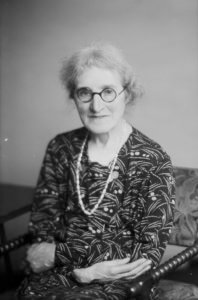
Agnes Arber was born in London in 1879, and was a major contributor to our understanding of gymnosperms (plants that have unenclosed seeds, like conifer trees), aquatic plants, and the Graminae genus (bamboo, grasses, and cereals).
She worked with her husband until his death in 1918, but continued her work on her own until 1942, when she was forced to shut down her laboratory during WWII. Even after she closed her lab, she continued to write philosophically on the natural world. Her last book, The Manifold and the One was published in 1957, just three years before her death.
Photo: https://www.english-heritage.org.uk/visit/blue-plaques/agnes-arber/
Carrie Dormon (1888 – 1971)
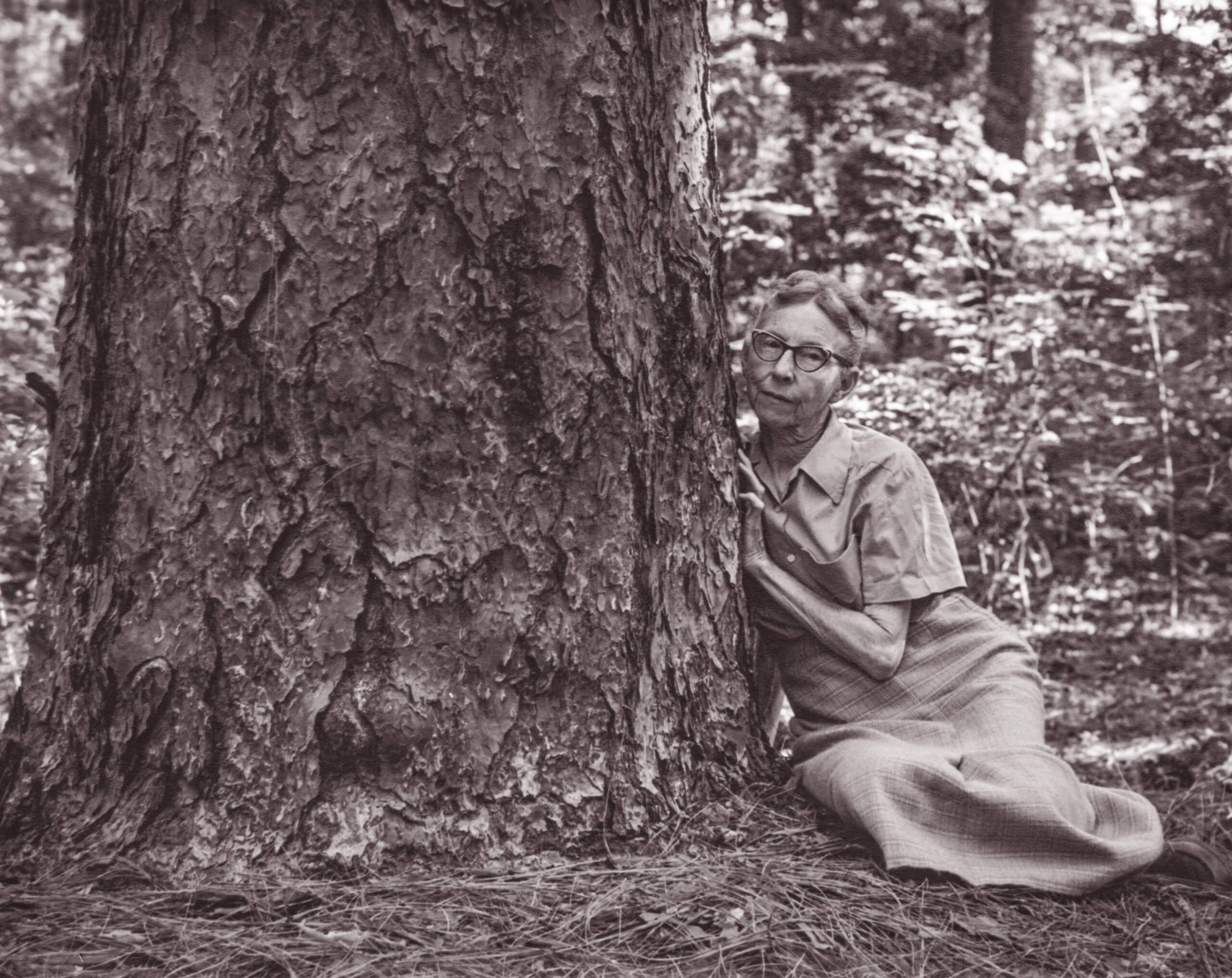
Renowned forest conservationist Carrie Dormon was born in 1888 as one of eight children to parents who deeply appreciated nature. From a young age, Dormon was passionate about the virgin longleaf pine forests of her Louisiana home and was eager to protect them from the logging industry.
She pushed the government to designate them as protected land but was told that it was impossible because Louisiana’s state government didn’t have that power on its own. With the help of a brother who was a lawyer, Dormon drafted her own act. The act passed into law, and Kitsatchie National Forest was created in 1929.
Photo: https://www.srs.fs.usda.gov/compass/2018/05/15/louisianas-first-lady-of-forestry/
Janaki Ammal (1897 – 1984)
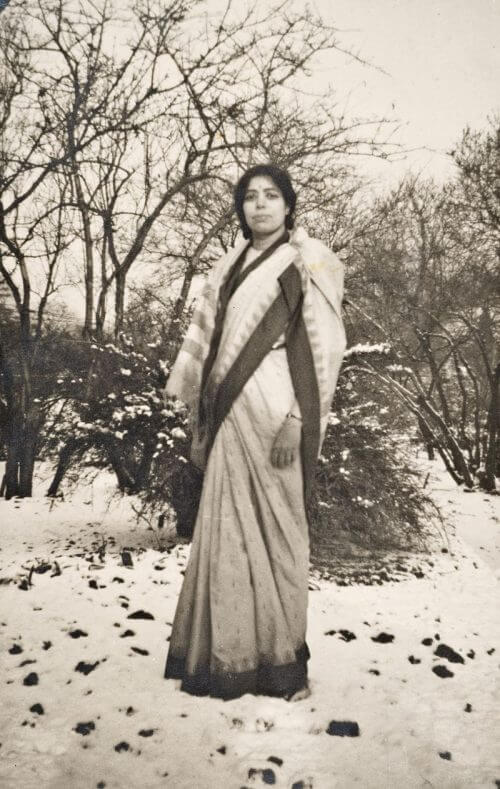
Born in the Indian state of Kerla in 1897, Janaki Ammal Edavalath Kakkat did much of her work in sugarcane and is considered a pioneer of India’s massive sugar industry. After an intensive education, she took a position as a geneticist at the Sugarcane Breeding Institute in 1934, where she worked to develop a sweeter cross-breed.
In 1952, she was asked by Prime Minister Jawaharlal Nehru to take on the monumental task of reorganizing the Botanical Survey of India, a database and inventory of the country’s extensive plant resources. She died while working in her lab, at the age of 87.
Photo: https://en.wikipedia.org/wiki/Janaki_Ammal
Katherine Esau (1898 – 1997)
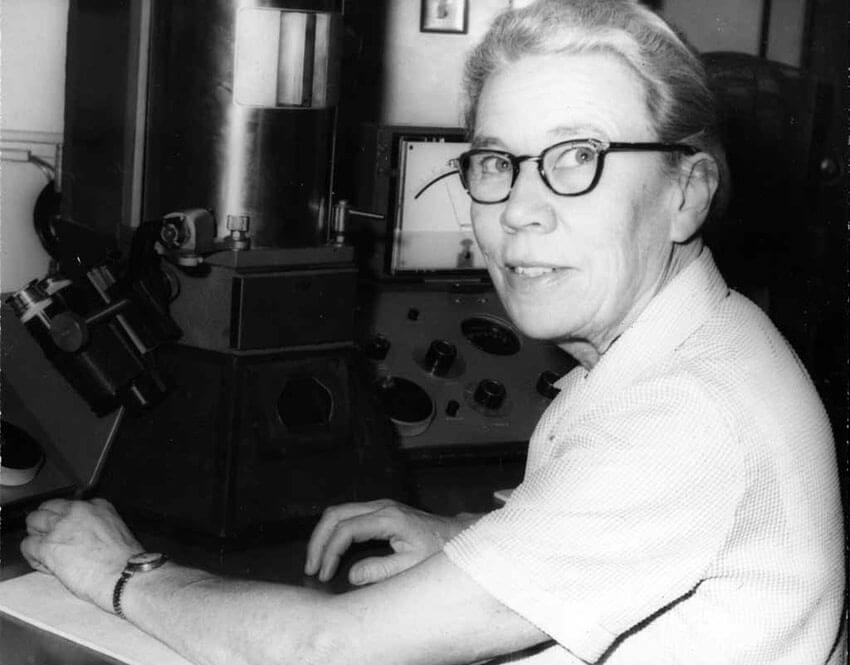
Born in the late 19th century in Ukraine, Katherine Esau was a preeminent scholar in the world of botany, dedicating more than 60 years to teaching and research.
A refugee from Russia following the 1917 Bolshevik Revolution, her first job in the United States was working with sugar beets to develop a variety that was resistant to the curly top virus. Her 1953 textbook Plant Anatomy is still a national standard.
In 1957 she was inducted into the National Academy of Sciences – only the 6th woman at the time to achieve that honor.
Photo: https://www.ccber.ucsb.edu/library/katherine-esau-digital-archive
Roseli Ocampo-Friedmann (1937 – 2005)
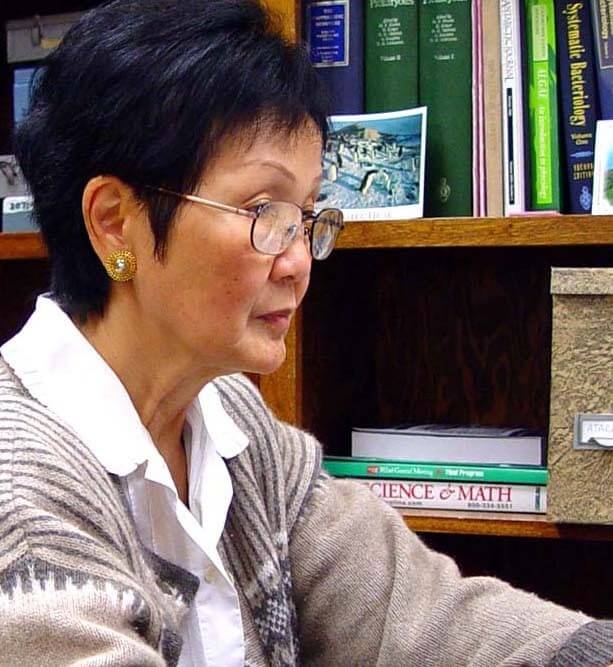
If we ever succeed in terraforming Mars, it will likely be due to the work of Roseli Ocampo-Friedmann, a famous botanist and microbiologist who specialized in the study of microorganisms living in extreme environments. It was her 1976 study on her experiments with cultivating plants in frigid Antarctica that paved the way for NASA to begin theorizing about life on Mars.
Born in 1937 in Manila, she earned degrees from the University of the Philippines, Hebrew University of Jerusalem, and Florida State University before becoming a professor at Florida A&M University. She died in Kirkland, Washington, in 2005.
Photo: http://www.risenzine.com/2017/02/we-will-not-be-erased-8-women-of-color.html
Fuel Your Plant Love at Bloomscape
Your plant lady inspiration doesn’t need to end when International Women’s Day is over. If you’ve been dreaming about cultivating your own indoor garden but just don’t know where to start, our Grow-How™ Team can offer reassurance, guidance, and encouragement along the way. Plus, any plant you buy from our online shop comes fully planted and ready to go. No repotting necessary.







